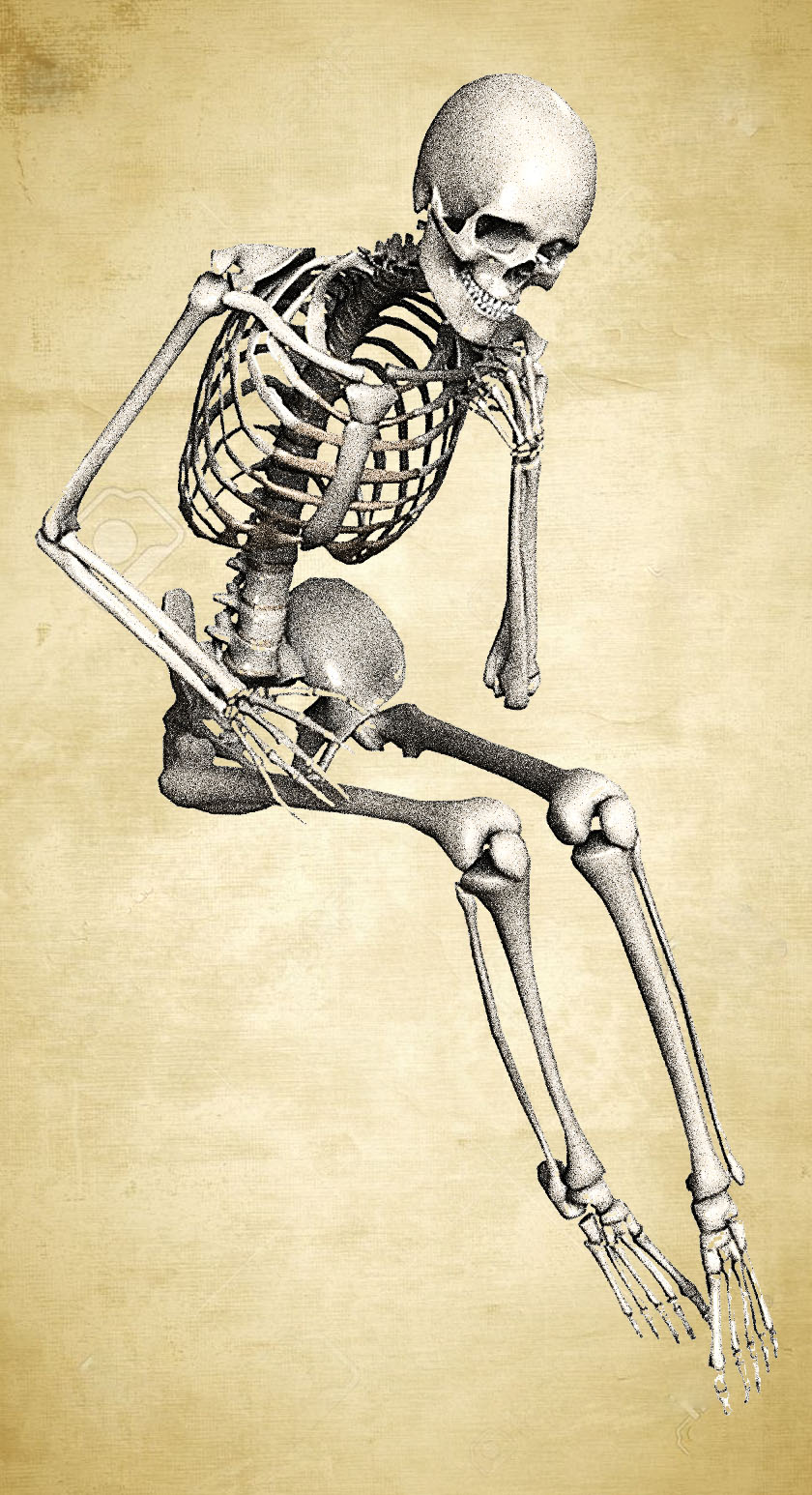Slumping, Not Sitting, Is The Enemy
Despite marketing claims demonizing sitting at work.
Popular press and sales materials say that your chair is a killer, but let’s be clear about what we know. Much of the writing suggests that the passive inactivity in the chair causes damage to our metabolism and mental acuity and is associated with obesity, heart disease and diabetes. Simply increasing whole body activity seems like the most reasonable solution until we understand how and why those risks affect the body.

What's Wrong With Sitting?
Until we see exactly why sitting is the problem, any kind of sitting is considered the cause of disease risk, when in fact work sitting may be the healthiest place to sit in terms of physiologic risk. When the real health risk for those diseases is at home and in the car, and the quick solution to stand at work may have unintended consequences that may be worse.
What Is The Disease Risk From Sitting?
Well-researched scientific studies associate sitting posture with higher risks for serious health problems: obesity, diabetes, heart disease and cancer. The first of those studies that described the health risks from sitting looked only at leisure time behavior, or the amount of time sitting not counting work. Those study results may not apply to the working population. Because posture changes how the body manages blood sugar and cholesterol, we need to look more closely at work postures to make better decisions about what is really healthy.
We do know that briefly standing and walking away from the workstation at regular intervals during the day has a significant effect on reported symptoms at the upper and lower back, and a ten percent (not significant) improvement in productivity (Davis). This result was completely independent of the workstation design, either sitting or sit-stand workstations had the same result. We know that regular stimulation of the postural muscles will stimulate an enzyme that normalizes the blood sugar and hormones that control stress and cholesterol (Bey, Hamilton, Owen). Presumably, a sitting strategy that allows regular and frequent engagement of the postural muscles will have the same result.
The discussion to stand at work should also include the known health risks from standing. Research that specifically looked at the amount of sitting time at work on the degree of health risk did not find a consistent association (van Uffelen 2010). Standing at work can be an expensive solution that does not address the original problem (leisure sitting) which may not exist at work. Standing workstations may even cause additional health risks (See The Pros and Con’s of Standing).
Why Does Sitting At Work Cause Back Pain?
Sitting at work may be the combination of several simple causes. We know that the slumped posture of leisure sitting changes how the body manages blood sugar and cholesterol. Regular slumped posture also causes a stretch and weakness of the ligaments and the deep postural muscles throughout the spine.
It is the increased activity of work is combined with slumped sitting that allows awkward movement at the neck and low back that we associate with cumulative trauma injuries, particularly in seated work environments. Often the “best” chair is designed for one kind of work; and the expectation is that the user can adapt. Unfortunately, a subtle change in the work requirements will cause slumped posture unless the chair is adjusted differently. Often, the user completely is not aware how to properly adjust the chair, or how a change in work may cause their worst spine posture. Slumping doesn’t hurt in the short term—pain is the result of a long process. Most people describe low back or neck pain as a specific event in the past, but posture is a silent partner in the process. Slumping at work and at home is what prevents an earlier injury from getting better, or cause a gradual onset of low back or neck pain.
The ActivSeating course is successful by showing the user exactly how to find their best posture, whether at work or at home, and then how to adjust the work chair to give the best support and movement for how the work needs to be done. The key components are two: knowing how to find good spine posture, and then adjusting the chair and workstation to make that posture easy. The combined results have been remarkable, and in many cases resolving long-standing injuries just by adjusting the existing chair and work surface to fit the body better.
